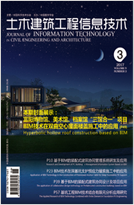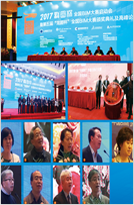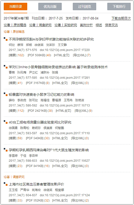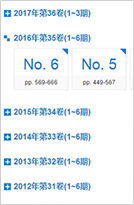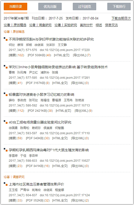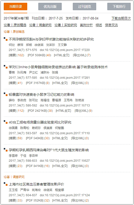2015, 7(6): 108-112. doi: 10.16670/j.cnki.cn11-5823/tu.2015.06.21
并行计算技术在结构显式动力分析中的应用
| 1. | 中国建筑科学研究院,北京 100013 |
| 2. | 广州大学广东省地震工程与应用技术重点实验室,广州 510415 |
Application of Parallel Computing Technology in Structural Explicit Dynamic Analysis
| 1. | China Academy of Building Research, Beijing 100013, China |
| 2. | Earthquake Engineering Research & Test Center of Guangzhou University, Guangzhou 510405, China |
引用本文:
侯晓武, 李志山, 乔保娟, 刘春明, 杨志勇. 并行计算技术在结构显式动力分析中的应用[J]. 土木建筑工程信息技术,
2015, 7(6): 108-112.
doi: 10.16670/j.cnki.cn11-5823/tu.2015.06.21

Citation:
Hou Xiaowu, Li Zhishan, Qiao Baojuan, Liu Chunming, Yang Zhiyong. Application of Parallel Computing Technology in Structural Explicit Dynamic Analysis[J]. Journal of Information Technologyin Civil Engineering and Architecture,
2015, 7(6): 108-112.
doi: 10.16670/j.cnki.cn11-5823/tu.2015.06.21

摘要:本文首先介绍了动力分析的求解方法,显式方法和隐式方法各自的优缺点。随后介绍了PKPM-SAUSAGE软件中对于梁、柱、剪力墙和楼板的模拟方法。由于时间步长和模型精细化处理后导致计算规模的增加,PKPM-SAUSAGE软件采用CPU+GPU并行计算技术,同时优化模型网格质量,实现了动力弹塑性分析效率的提升。
Abstract: Firstly, solving methods for dynamic analysis are introduced, which can be largely classified into explicit integration method and implicit integration method, and their advantages and disadvantages are also introduced. Secondly, the simulation method of beam element, column element, shear wall element and slab element in PKPM-SAUSAGE are introduced.Because of the small integration time step and detailed modeling, the amount of calculation will be increased largely."CPU+ GPU" parallel computing technology is used in PKPM-SAUSAGE, and the mesh quality of model is also optimized, which improves the efficiency of dynamic elastoplastic analysis.
| [1] |
上海现代建筑设计(集团)有限公司技术中心, 动力弹塑性时程分析在建筑结构抗震设计中的应用[M].上海:上海科学技术出版社, 2013. |
| [2] |
广州建研数力建筑科技有限公司, PKPM-SAUSAGE高性能弹塑性动力时程分析软件使用手册[M]. 2013. |
计量
- PDF下载量(13)
- 文章访问量(2090)
- HTML全文浏览量(870)



